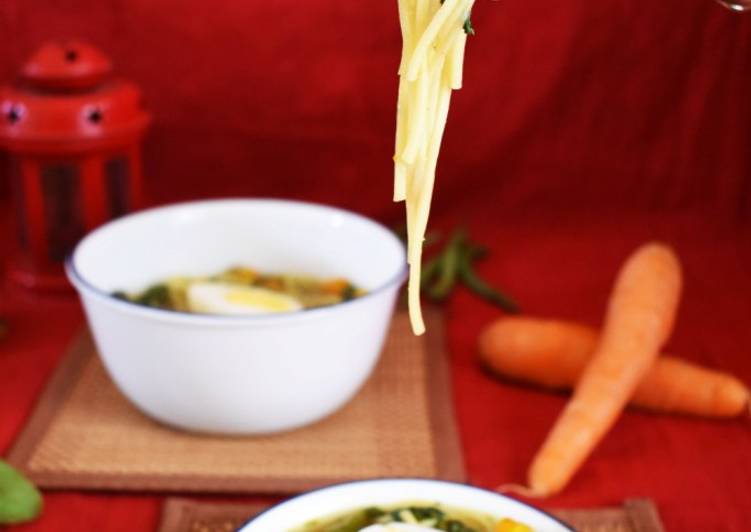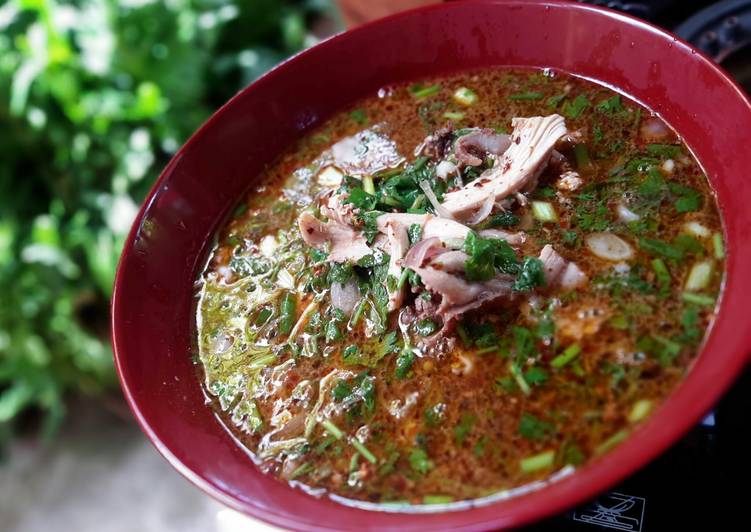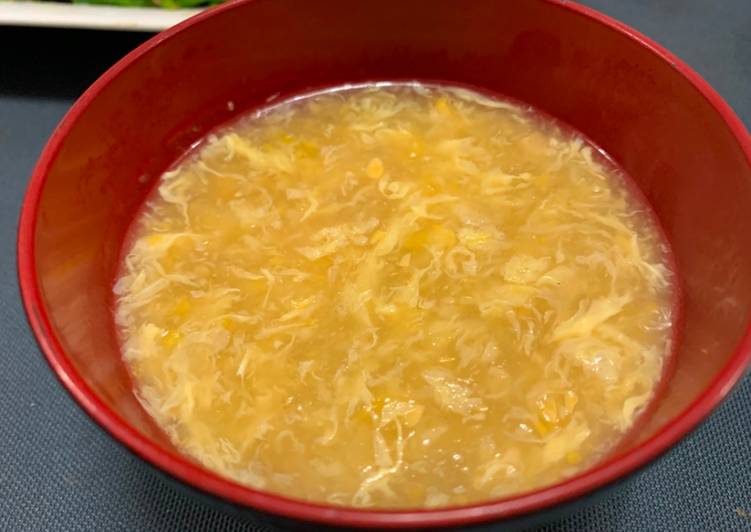
Hey everyone, it is Brad, welcome to our recipe page. Today, I will show you a way to make a special dish, thukpa l tibetan noodle soup. It is one of my favorites. This time, I’m gonna make it a little bit tasty. This is gonna smell and look delicious.
Thukpa l Tibetan Noodle Soup is one of the most popular of current trending foods in the world. It’s enjoyed by millions every day. It’s easy, it is fast, it tastes delicious. They’re nice and they look fantastic. Thukpa l Tibetan Noodle Soup is something that I have loved my whole life.
Thukpa is a traditional Tibetan staple food suitable for the highland climate to keep the nomads warm during the long Tibetan winters enjoying a very nutritious meal. Generally speaking, noodle soups of all kinds are known as "thukpa." Thukpa is a generic Tibetan word for any soup or stew combined with noodles. ! Thukpa is a Tibetan word used for any variety of soup cooked with noodles. It is originally a Tibetan dish which is flavourful and wholesome, but mild in taste.
To begin with this particular recipe, we have to prepare a few components. You can cook thukpa l tibetan noodle soup using 15 ingredients and 11 steps. Here is how you can achieve that.
The ingredients needed to make Thukpa l Tibetan Noodle Soup:
- Take 1 cup noodles (regular or egg hakka noodles)
- Prepare 1 onion, chopped
- Prepare 5-6 garlic cloves, minced
- Make ready 1-2 green chillies, chopped
- Take 1.5 cup chopped spinach
- Prepare 3/4 cup chopped carrot
- Make ready 3/4 cup chopped french green beans
- Get 1/2tea-spoon cumin powder (jeera)
- Make ready 1/2 tea-spoon parsley
- Make ready 2 pinches mixed herbs
- Prepare 1 tea-spoon soy sauce
- Prepare 1 tbsp refined oil
- Take salt (according to taste)
- Prepare powdered black pepper (according to your tolerance)
- Take 1 hard boiled egg (optional)
Basically, any soup or stew combined with noodles can be called Thukpa. Different versions of the Thukpa are also popular in North eastern Indian and Nepal. Momos and Thukpa are the two Tibetan food items that are very popular in India. Thukpa is a traditional Tibetan staple food suitable for the highland climate to keep the nomads warm during the long Tibetan winters enjoying a very nutritious meal.
Steps to make Thukpa l Tibetan Noodle Soup:
- Soak noodles in hot water for 3 minutes. Drain the water and keep the noodles aside.
- Boil the chopped veggies for sometime adding 1/2 tea-spoon salt until the veggies become soft.
- Separate the veggies from the broth and keep both aside.
- Heat oil in a pan and add minced garlic, chopped onion and chopped green chillies. Sautè until the onion turns translucent.
- Add the boiled veggies and stir properly.
- Add cumin powder, parsley, mixed herbs and soy sauce and stir for 1-2 minutes.
- Now, add the vegetable broth, cover the lid and bring it to boil. Check the salt, add more if required.
- Now slowly add the noodles and mix properly.
- The noodles will absorb water. Add 1 cup of warm water (if you have some extra broth you can add that) and bring to boil.
- Turn the flame off and sprinkle some black pepper and your Thukpa is ready to be served now.
- If you like egg, slit a hard boiled egg and garnish your Thukpa with it.
Momos and Thukpa are the two Tibetan food items that are very popular in India. Thukpa is a traditional Tibetan staple food suitable for the highland climate to keep the nomads warm during the long Tibetan winters enjoying a very nutritious meal. Generally speaking, noodle soups of all kinds are known as "thukpa." Thukpa is a generic Tibetan word for any soup or stew combined with noodles. The Napalese thukpa is the most famous one I have come across whereas the thukpa we fund in Bhutan is a little different than the traditional one. It is rather a stew than a soup and a different variety of noodles is used.
So that’s going to wrap this up with this special food thukpa l tibetan noodle soup recipe. Thanks so much for reading. I am sure you can make this at home. There is gonna be interesting food in home recipes coming up. Remember to bookmark this page on your browser, and share it to your loved ones, friends and colleague. Thanks again for reading. Go on get cooking!

